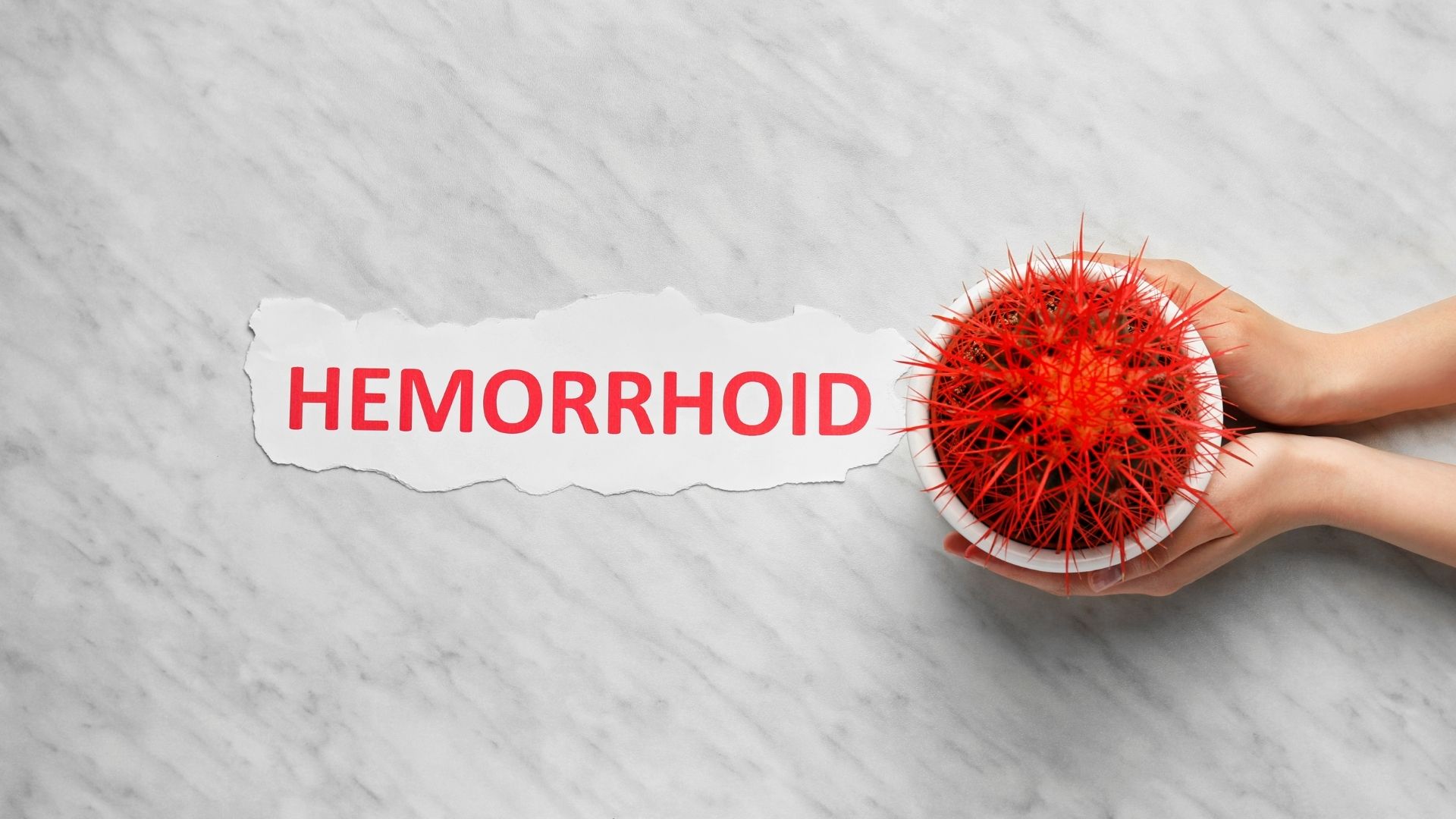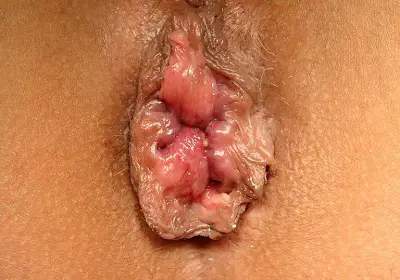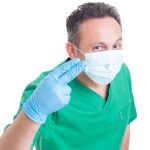What hemorrhoid look like? Hemorrhoids are an annoying disease, actually much more widespread than you think, which generally affects men and women alike.
They affect the support structures of the anorectal canal, leading to the downward sliding of these tissues. Specifically, the collapse of the rectal mucosa pushes the internal hemorrhoids outwards which in turn drag the external ones with them, causing the typical symptoms of the pathology.
Here is what an hemorroid look like:
Causes of hemorrhoids
Intestinal dysfunctions, such as constipation or chronic diarrhea, are among the main causes, especially when combined with bad habits that can even cause or aggravate the disorder by themselves. Among the causes of hemorrhoids we find:
- Continuous intake of laxatives;
- sedentary lifestyle;
- overexertion, including during defecation;
- abuse of alcohol and / or nicotine;
- incorrect nutrition.
- In addition, there are not a few cases of hemorrhoids in pregnancy, which can negatively affect the physical, mental and social well-being of pregnant women and their clinical-care pathways, making them more problematic.
Symptoms of hemorrhoids
Individuals suffering from internal hemorrhoids often have a common symptomatology concerning:
- pain and burning sensation;
- anal bleeding (bleeding hemorrhoids);
- rectal heaviness;
- mucus secretion;
- anal itching;
- prolapse.
Types of hemorrhoids
Based on the severity of the disease and according to what hemorrhoid look like, four different types of hemorrhoids can be identified:
- First degree: in these cases, it may be sufficient to take at least two liters of water a day, combined with a diet to be followed that is varied and rich in fruit and vegetables, practicing sports, and regularizing the intestine, perhaps by taking enzymes.
- Second degree: pharmacological treatment indicated by a doctor is necessary who, in some cases, could also recommend outpatient treatments, such as elastic ligations or sclerotherapy.
- Third and fourth degree: in these cases we are talking about haemorrhoidal congestion with external prolapse (which can only be reduced manually) or, worse, a non-reducible external haemorrhoidal mucus prolapse. In these cases, surgery may be required.
Internal and external hemorrhoids
For diagnostic and therapeutic purposes, and considering what hemorrhoid look like, a distinction must be made between internal and external hemorrhoids: the former are located inside the anal canal and are therefore visible only by means of a special anoscopic examination. The second, due to their protrusion from the anus, are external hemorrhoids.

What hemorrhoid look like, useful products
There are some products that, by acting on the blood circulation, can help us fight this disorder.
Populeus Hemorrhoids
Food supplement for hemorrhoids that improves circulation, elasticity and permeability of blood vessels. It is recommended to take two tablets a day, during the main meals. Contains Blueberry, Rosehip, Butcher’s Broom, Horse Chestnut, Milk Thistle, Bioflavonoids, Coenzyme Q10, Vitamin K.
Proctolyn Integra plus
Food supplement with diosmin, ruscus aculeatus, rutin and vitis vinifera (OPC), useful in situations where it is necessary to promote the natural venous circulation of the hemorrhoidal plexus and the microcirculation of the lower limbs and help the physiological trophism of the supporting tissues of the vessel wall. Based on:
- Diosmin, a bioflavonoid of natural origin extracted from citrus aurantium, which helps to preserve the integrity of the vessel wall.
- Ruscus Aculeatus, a plant that thanks to its steroid saponins (ruscogenins) and polyphenols, favors the natural functionality of the haemorrhoidal plexus and microcirculation.
- Rutin, a flavonoic glycoside of plant origin, with antioxidant properties, useful for normalizing the trophism of the microcirculation.
- Vitis Vinifera, which contains a set of natural oligomeric proanthocyanidins (OPC), and has an antioxidant action.
Daflon
Thanks to the synergistic action of its components, it is able to counteract any symptoms attributable to venous insufficiency or states of capillary fragility. Each film-coated tablet contains an active ingredient purified flavonoic fraction, consisting of diosmin and flavonoids.









